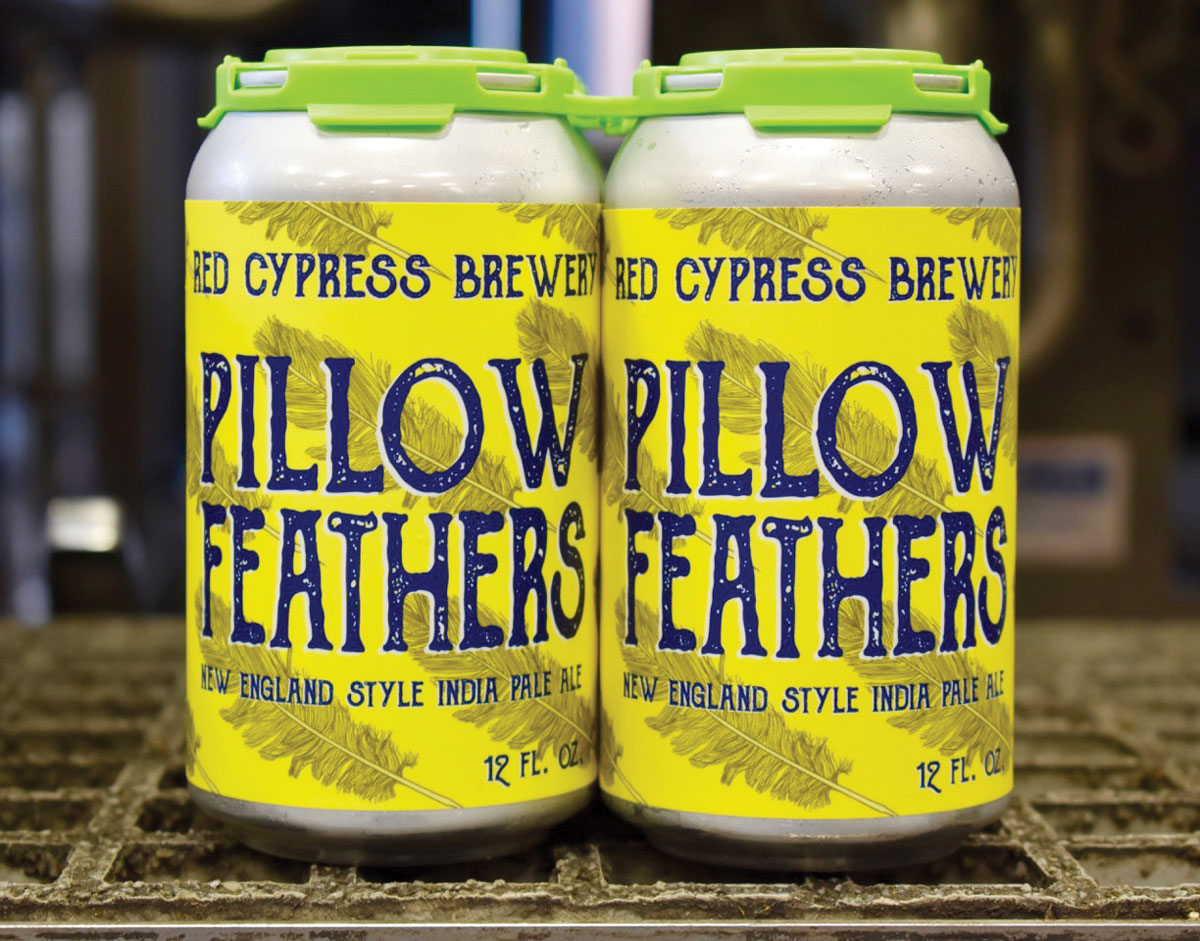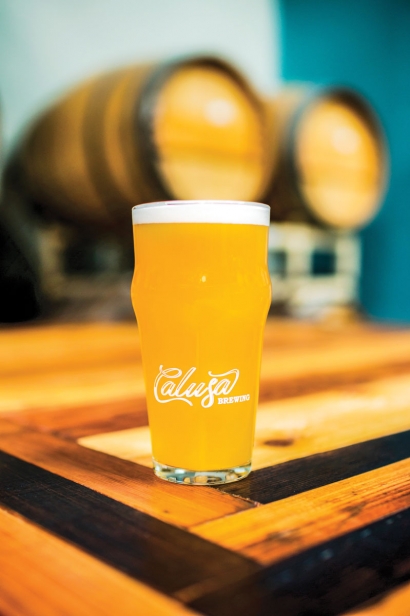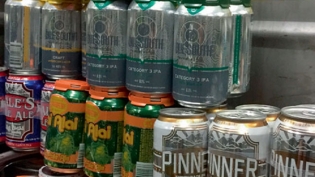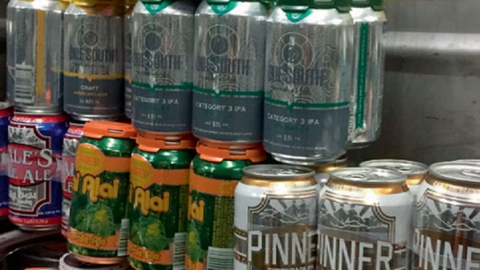The Future of Beer: Looking Hazy
Trends in beer come and go. One day black IPAs, session IPAs or blueberry beers are unique and exciting, and the next they aren’t.
In the 1980s, breweries like Boulevard, Widmer and Blue Moon blew people’s minds with the concept of a unfiltered cloudy beer. Over the years, consumers discovered that these wheat beers were different from their crystal-clear pilsners and enthusiastically gravitated toward them. Since then, myriad styles have intrigued the beer geeks. And hazy beers have returned to the spotlight. But they now tell a whole other story.
To Clarify
Not all beers are naturally produced beautifully clear. Brewers go through long processes like specific mashing methods, filtration, lagering and clarifying their beers to attain this aesthetic. Cloudiness or haze, often seen as a defect, can be caused by many things in the brewing process. But it usually comes down to yeast, proteins and polyphenols.
Belgian wheat beers and traditional hefeweizens gain their natural cloudiness from a suspension of grain solids from wheat and the types of yeasts used in these beers. Their quintessential flavors of clove, banana and bubble gum are gained by the brewers’ use of these ingredients, and accentuated by leaving the yeast in the beer, in its natural state, something consumers have grown to appreciate.
The rise of New England IPAs has brought a new cool kid into the craft beer game. Small breweries in the Northeast, including The Alchemist, Tree House, Tired Hands, Other Half and Trillium, began exploring hazy IPAs in an effort to impart intense hop-juicy, fruit-forward flavors into their beers. Where West Coast-style IPAs popularized a decade ago prided themselves on their bitter, dry and immaculately clear appearance, these new breweries focused on a very different flavor profile and appearance. While filtering and clarifying a beer makes it more shelf stable and polished, the process also removes a lot of the intense and vibrant characteristics of the hops. The raw state of these New England-style IPAs has captivated craft beer consumers who often wait in lines for hours to grab the freshest cans possible from the breweries. The style quickly grew outside of the Northeast, where local breweries in Florida – like Civil Society, Calusa and Red Cypress – have begun making these beers. Even large-scale craft breweries like Sierra Nevada, New Belgium and Sam Adams have already released their versions.
Proudly Cloudy
Innovation is always exciting in the craft-beer scene. But this trend has spurred intense debate among the community when it comes to “quality” and overall beer sacrilege. For hundreds of years, brewers have developed practices and products to create beautifully clear beer. Now they’re purposefully making their beer murky. To attain this, some brewers are adding tremendous amounts of hops, hop powder, oats and even flour to get a cloudy appearance. Purists argue that by not filtering the beer and adding natural and highly perishable ingredients, it creates a potentially flawed and inconsistent final product.
Although some New England IPAs are mildly hazy, others can be thick and reminiscent of orange juice or even a milkshake. When the beers are fresh, the mixture of raw hop particles, yeast and proteins delivers an extremely vibrant, juicy, tropical beer with an intense hop flavor profile and heavy mouthfeel, which some consumers love.
After years of debate, even the Brewers Association has come around to accept this trend as they updated their official style guidelines. In late March, they issued new official parameters for brewing specific beer styles with the addition of “Juicy or Hazy Pale Ale,” “Juicy or Hazy IPA” and “Juicy or Hazy Double IPA,” which have never before been officially recognized or outlined by the BA.
Regardless of what side of the argument everyone is on, one thing is certain: Hazy IPAs are here. Before you take a hard stance, they’re worth exploring. Grab a fresh, New England-style IPA, pour into a glass, breathe in the aroma, take a hard look at the appearance, and enjoy … blindfolded, if necessary.








